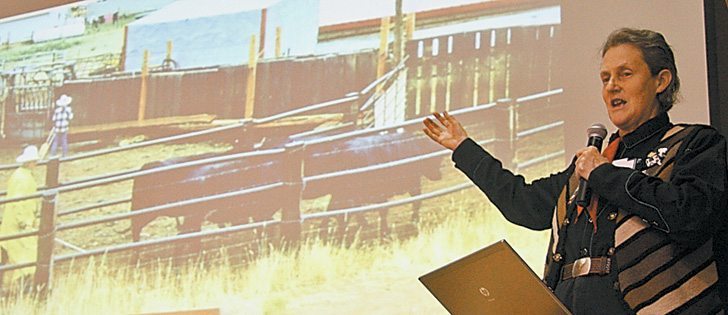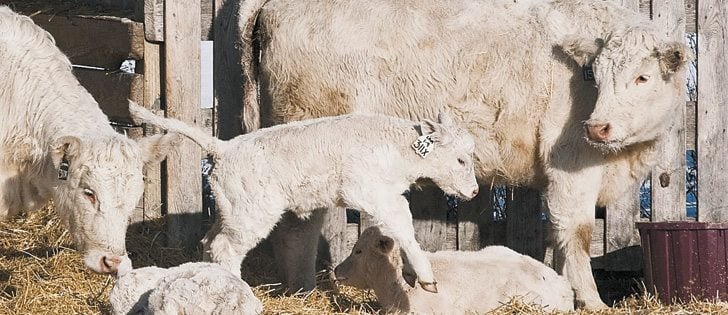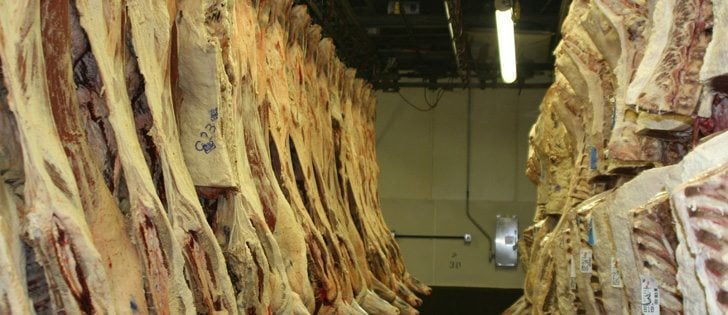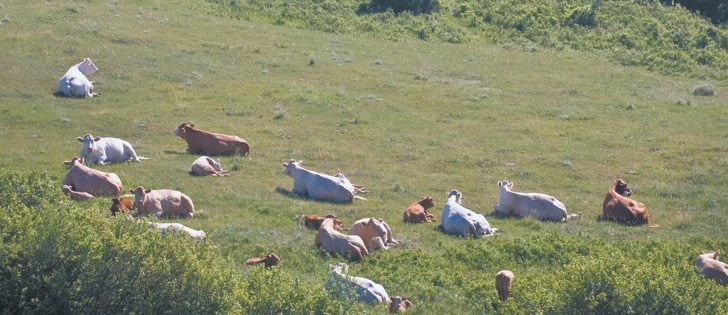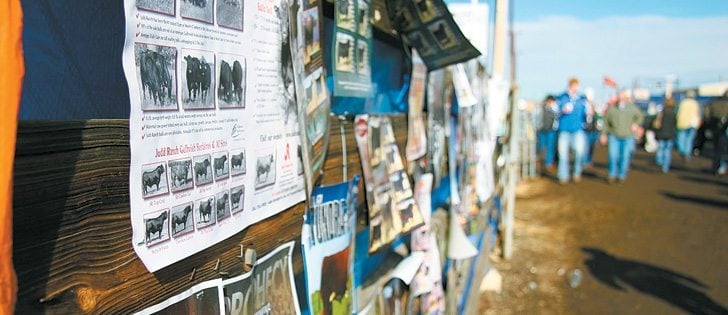Four major criteria determine profitability for beef cow-calf producers:
- Calf crop percentage: This is the percentage of calves weaned per cow exposed to the bull. It is primarily a reproductive issue, although calf health and reproductive health are also involved.
- Weaning weight of calves: Calves’ ability to grow will determine the amount of pounds of calf that are available to sell. However, many studies have demonstrated that this factor is less important than reproduction.
- Annual cow costs: This is the cost of maintaining a cow in the herd and is largely determined by the cost of feed and especially winter feeding programs. Many producers have used alternative feeding strategies to minimize winter feed costs.
- Selling price of calves: This is an obvious profitability factor. Once we get beyond all the market forces, this probably has at least some relationship to the potential quality of the calves in terms of carcass quality and other factors.
Read Also
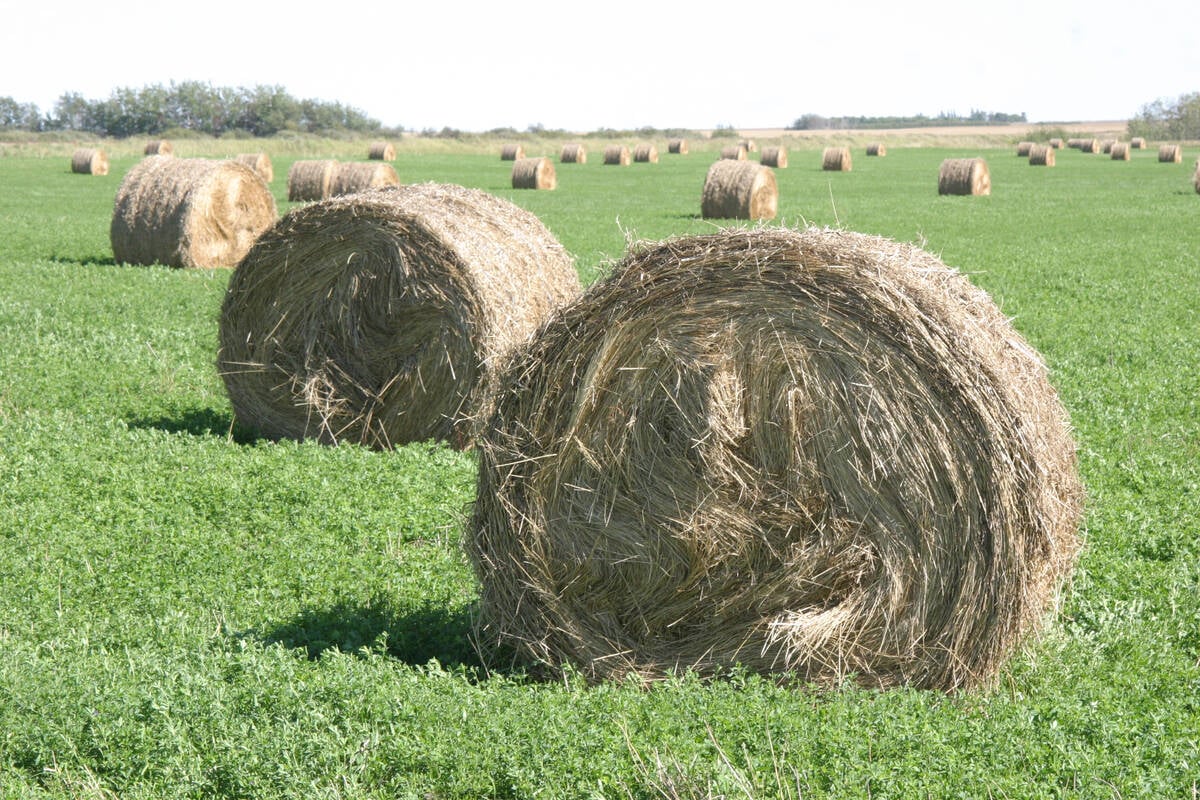
Breaking down successful winter feeding into six steps
It’s that time of year when it is important to start planning for a cow herd’s winter feeding program. Here are six steps I think are necessary to consider when getting your feed tested.
There is an old adage that states reproduction is five times more important than growth rate and that reproduction is 10 times more im-portant than carcass quality when determining profitability for the cow-calf producer.
But is it really that important?
The calf crop percentage is an estimate of the reproductive efficiency of the cow herd. It is affected by a number of factors:
- reproductive fertility of the herd (pregnancy rate)
- reproductive diseases that may cause abortions or infertility
- calving management (to prevent stillbirths)
- calf mortality from birth to weaning (calf management)
With the exception of the last category, most of the factors affecting the calf crop are reproductive.
Many studies have demonstrated that the calf crop percentage is highly important in determining profitability. One such study found that selling a light-weight calf that was born later in the calving season was more profitable than selling a non-pregnant cow and replacing her.
Researchers also concluded that management practices that maintain a greater percentage of mature cows in the herd were extremely profitable.
If this is true, we should probably examine why cows are removed from the herd.
A study at the University of Alberta showed that 51.3 percent of cows were culled for reproductive failure, 12.1 percent for calf survival problems and 10.9 percent for calving problems.
Of course, all of these culling factors are directly associated with the calf crop percentage. There is little doubt that maximizing reproductive success is highly important to the bottom line.
The ultimate goal is to have 95 percent of the cow herd pregnant, and ideally two-thirds of the pregnant cows should calve within the first 21 days of the calving cycle.
To attain these goals, it is important that the cow herd is in good body condition at the start of the breeding season and ideally on an increasing plane of nutrition.
This will maximize the probability that the cows begin their estrus cycles early in the breeding season.
The other important factor is to ensure the cows are bred to highly fertile bulls.
A breeding soundness exam performed by a veterinarian will help ensure that the bull has an adequate scrotal circumference and fertile sperm.



